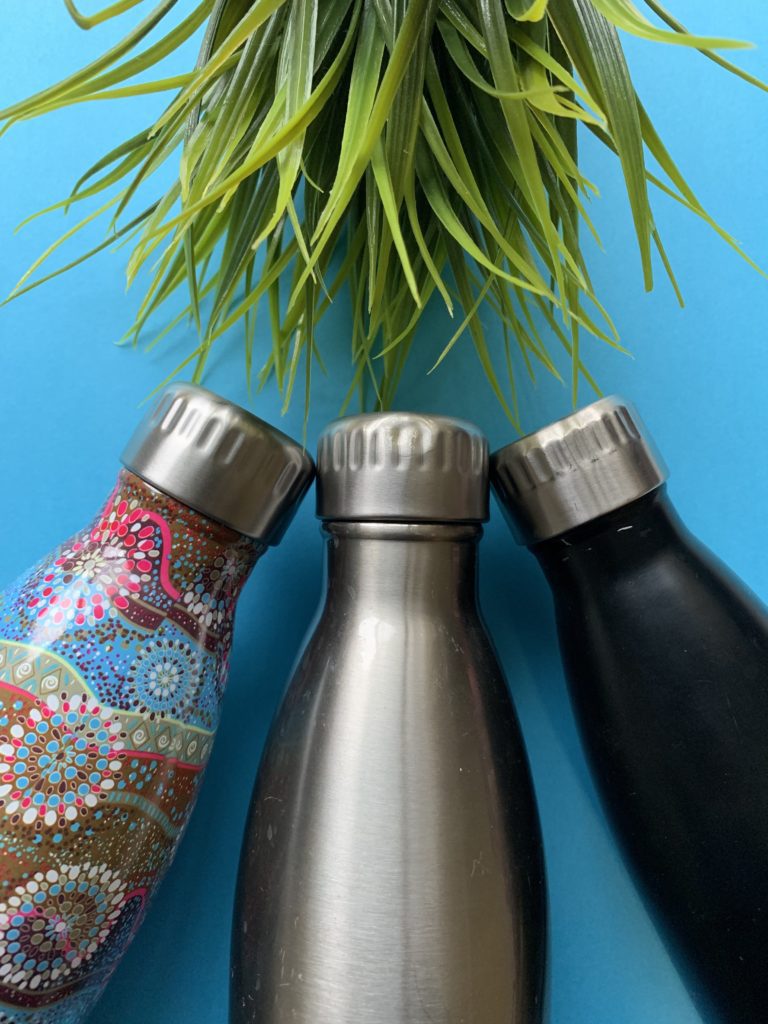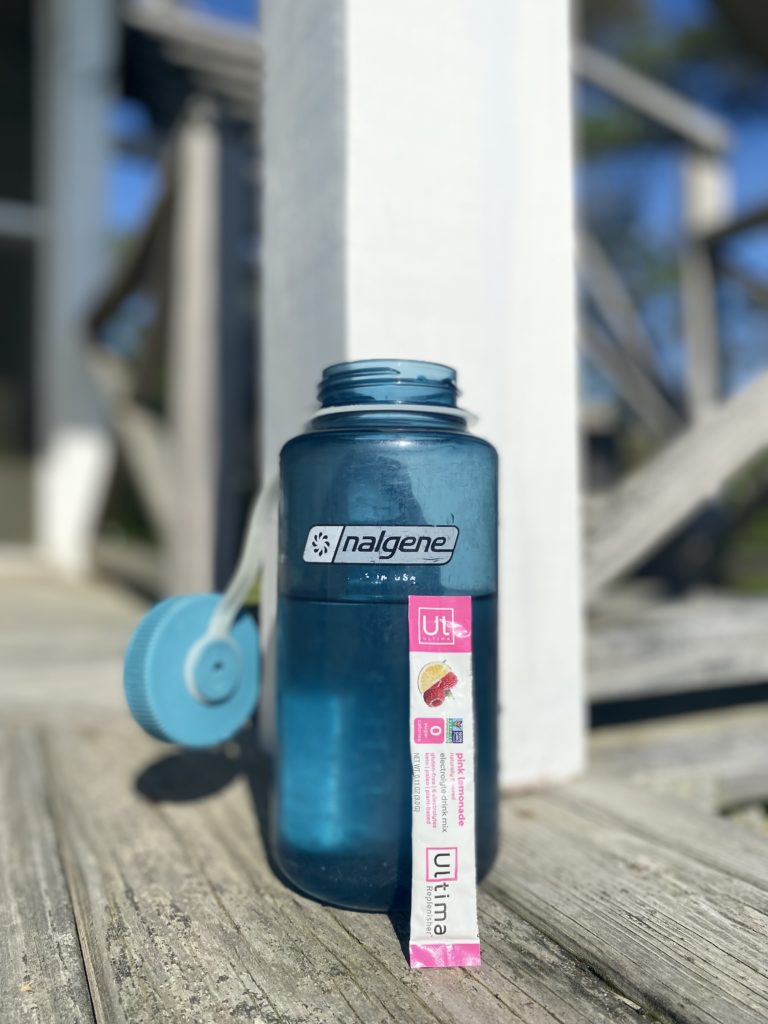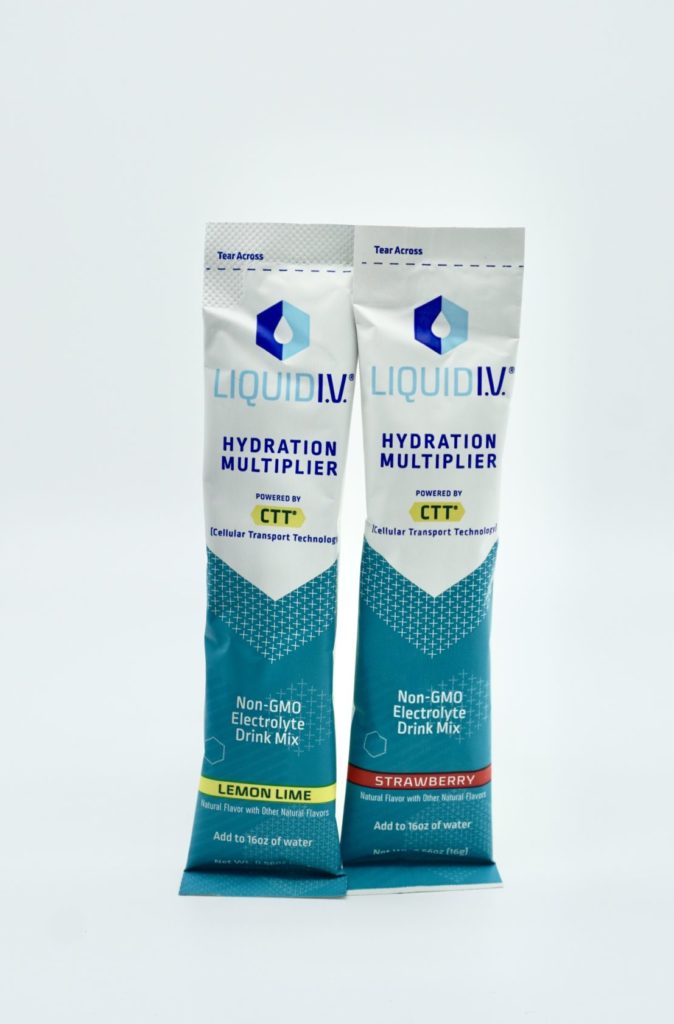First off, what is stainless steel?
Stainless steel is a metal alloy primarily composed of iron and carbon, with additions of nickel and chromium. In a nutshell, when chromium is added it forms a protective layer that prevents rust from forming. Without this layer, steel is very susceptible to oxidation and rust. The rust resistant property is essential for it to hold your water. As you can imagine, drinking water from a rusty vessel would be an unpleasant experience.
What is the best type of stainless steel for water bottles?
The most common and preferred type of stainless steel in water bottles is referred to as 18/8, indicating that there is 18% chromium and 8% nickel content. This is otherwise known as “304” steel. This 18/8 stainless steel is the best option for steel water bottles, and you won’t have to look hard on Amazon as most major brands have adopted this material including HydroFlask and Yeti. That said, there are some things to consider even with these water bottles. Read on to decide if they are the right choice for you.

Are stainless steel water bottles safe?
While searching for stainless steel water bottles, there’s a good chance you’ll come across options that are lined with plastic. This is more common in aluminum bottles but is worth double checking. Certain bottles are made with an internal lining so the water does not react with the metal and produce an undesirable taste. A 2011 study found that certain lined metal water bottles released more BPA into the water than bottles made entirely of plastic1. The irony here is the discovery of BPA’s toxicity was a major driver for reusable water bottle adoption in the first place. We suggest you steer clear of bottles with plastic liners. If you are specifically attracted to aluminum water bottles, which almost always have a liner, consider Sigg. This brand uses an “Eco-Care” liner that was tested in the same study, and no detectable levels of BPA were found.

Another common concern about the safety of stainless steel relates to the possibility of leaching nickel. As mentioned at the beginning of the article, nickel is an essential ingredient in stainless steel, but unfortunately its consumption is associated with allergic reactions in some individuals. A 2017 study found that cooking with stainless steel can lead to the release of nickel above levels that can trigger an allergic reaction2. Thankfully the conditions of the study were meant to simulate cooking with stainless steel pans using acidic ingredients and high cooking temperatures, a scenario that is highly unlikely to occur with a water bottle. The Environmental Working Group (EWG) still endorses steel water bottles despite this potential issue, and they tend to be very conservative with their recommendations3.
Are there any stainless steel water bottles made in the USA?
The final consideration for the safety of stainless steel water bottles is their manufacturing location. All stainless steel water bottles on the market are made outside of the United States, according to our research. One company, Liberty USA, makes aluminum water bottles in the USA, but their stainless steel version is only “finished in the USA”. Outsourced manufacturing, especially to countries like China, can be disconcerting for many people. In the last two decades, millions of Chinese products have been recalled for lead contamination from children’s toys to pet food4— not exactly a track record that inspires confidence. Even so, there are no known recalls of water bottles from many of the top brands like Yeti, Hydro Flask or S’well that make their products in China. We can’t offer any concrete advice here other than the most established brands seem safer as they have more years of experience managing their supply chain and more to lose if they accidentally release a toxic product on the market.
Final thoughts on picking a safe stainless water bottle.
Stainless steel water bottles do not present any glaring health concerns but should be evaluated on an individual basis for their safety: The intended use of the water bottle and brand should be carefully considered. If the above mentioned issues are a deal breaker then we suggest exploring glass water bottles, which are known to be even safer, especially those made in Europe or USA such as Lifefactory.
References
1 Cooper, James E et al. “Assessment of bisphenol A released from reusable plastic, aluminium and stainless steel water bottles.” Chemosphere vol. 85,6 (2011): 943-7. doi:10.1016/j.chemosphere.2011.06.060
2Guarneri, Fabrizio et al. “Release of nickel and chromium in common foods during cooking in 18/10 (grade 316) stainless steel pots.” Contact dermatitis vol. 76,1 (2017): 40-48. doi:10.1111/cod.12692
3Pagan, Margaret. “Think Your Water Bottle Is ‘BPA Free’? Better Double Check.” EWG, 14 Aug. 2011, www.ewg.org/enviroblog/2011/07/think-your-water-bottle-bpa-free-better-double-check.
4Schmidt, Charles W. “Face to face with toy safety: understanding an unexpected threat.” Environmental health perspectives vol. 116,2 (2008): A70-6. doi:10.1289/ehp.116-a70



